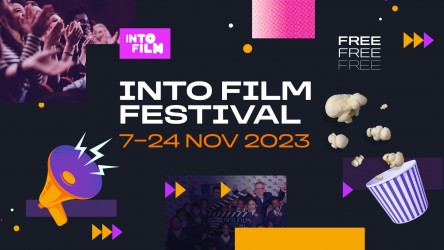1) What game information is provided on this page? Pick out three elements you think are important in terms of making the game appeal to an audience.
2) How does the game information on this page reflect the strong element of participatory culture in The Sims?
3) Read a few of the user reviews. What do they suggest about the audience pleasures of the game?
Participatory culture
1) What did The Sims designer Will Wright describe the game as?
2) Why was development company Maxis initially not interested in The Sims?
3) What is ‘modding’?
4) How does ‘modding’ link to Henry Jenkins’ idea of ‘textual poaching’?
5) Look specifically at p136. Note down key quotes from Jenkins, Pearce and Wright on this page.
6) What examples of intertextuality are discussed in relation to The Sims? (Look for “replicating works from popular culture”)
7) What is ‘transmedia storytelling’ and how does The Sims allow players to create it?
8) How have Sims online communities developed over the last 20 years?
9) Why have conflicts sometimes developed within The Sims online communities?
10) What does the writer suggest The Sims will be remembered for?
1) How is ‘modding’ used in The Sims?
2) Why does James Paul Gee see The Sims as an important game?
3) What does the designer of The Sims, Will Wright, want players to do with the game?
4) Do you agree with the view that The Sims is not a game – but something else entirely?
5) How do you see the future of gaming? Do you agree with James Paul Gee that all games in the future will have the flexibility and interactivity of The Sims?
Industries
Regulation – PEGI
1) How does the VSC and PEGI ratings system work and how does it link to UK law?
2) Click on the PEGI Rating tab in the top menu. What are
the age ratings and what content guidance do they include?
3) What is the PEGI process for rating a game?
The ‘Freemium’ gaming model
1) How does the freemium model work?
2) Why do some gamers believe freemium is ruining games?
3) What are the positives of the freemium model for gaming?
1) Note the key statistics in the first paragraph.
2) Why does the freemium model incentivise game developers
to create better and longer games?
3) What does the article suggest regarding the possibilities
and risks to the freemium model in future?
1) Why did Temple Run use the freemium model?
2) The bigger gaming studios like Electronic Arts used to
avoid the freemium model. Why are they now embracing it?
3) Why does Peter Farago suggest independent game makers
benefit more from the freemium model than the major publishers like EA?
Electronic Arts
1) How has The Sims FreePlay evolved since launch?
2) Why does Amanda Schofield suggest ‘games aren’t products
any more’?
3) What does she say about The Sims gaming community?
4) How has EA kept the game fresh and maintained the active
player base?
5) How many times has the game been installed and how much
game time in years have players spent playing the game? These could be great introductory statistics in an exam essay on this topic.
1) What audience pleasures for The Sims are discussed at the
beginning of the blog?
2) What examples of downloadable content are presented?
3) How did Electronic Arts enrage The Sims online communities
with expansion packs and DLC?
4) What innovations have appeared in various versions of The
Sims over the years?
5) In your opinion, do expansion packs like these exploit a loyal
audience or is it simply EA responding to customer demand?
Complete for homework: due date on Google Classroom.


